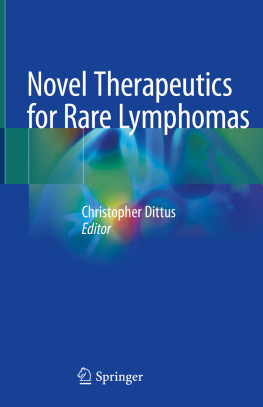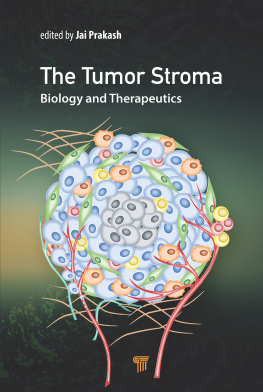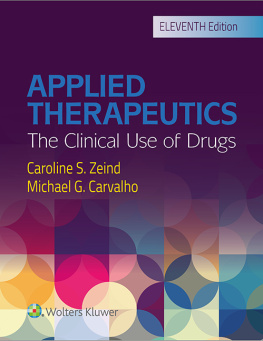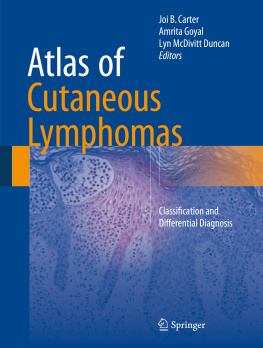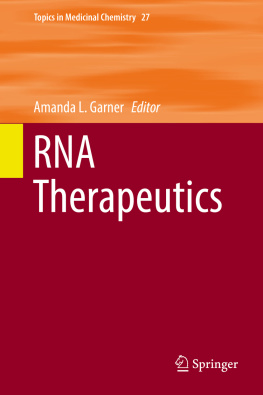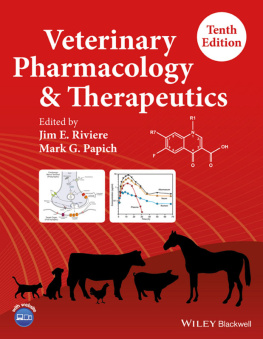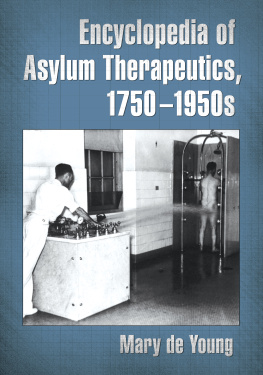Christopher Dittus - Novel Therapeutics for Rare Lymphomas
Here you can read online Christopher Dittus - Novel Therapeutics for Rare Lymphomas full text of the book (entire story) in english for free. Download pdf and epub, get meaning, cover and reviews about this ebook. year: 2020, publisher: Springer International Publishing, genre: Home and family. Description of the work, (preface) as well as reviews are available. Best literature library LitArk.com created for fans of good reading and offers a wide selection of genres:
Romance novel
Science fiction
Adventure
Detective
Science
History
Home and family
Prose
Art
Politics
Computer
Non-fiction
Religion
Business
Children
Humor
Choose a favorite category and find really read worthwhile books. Enjoy immersion in the world of imagination, feel the emotions of the characters or learn something new for yourself, make an fascinating discovery.
- Book:Novel Therapeutics for Rare Lymphomas
- Author:
- Publisher:Springer International Publishing
- Genre:
- Year:2020
- Rating:4 / 5
- Favourites:Add to favourites
- Your mark:
- 80
- 1
- 2
- 3
- 4
- 5
Novel Therapeutics for Rare Lymphomas: summary, description and annotation
We offer to read an annotation, description, summary or preface (depends on what the author of the book "Novel Therapeutics for Rare Lymphomas" wrote himself). If you haven't found the necessary information about the book — write in the comments, we will try to find it.
Novel Therapeutics for Rare Lymphomas — read online for free the complete book (whole text) full work
Below is the text of the book, divided by pages. System saving the place of the last page read, allows you to conveniently read the book "Novel Therapeutics for Rare Lymphomas" online for free, without having to search again every time where you left off. Put a bookmark, and you can go to the page where you finished reading at any time.
Font size:
Interval:
Bookmark:
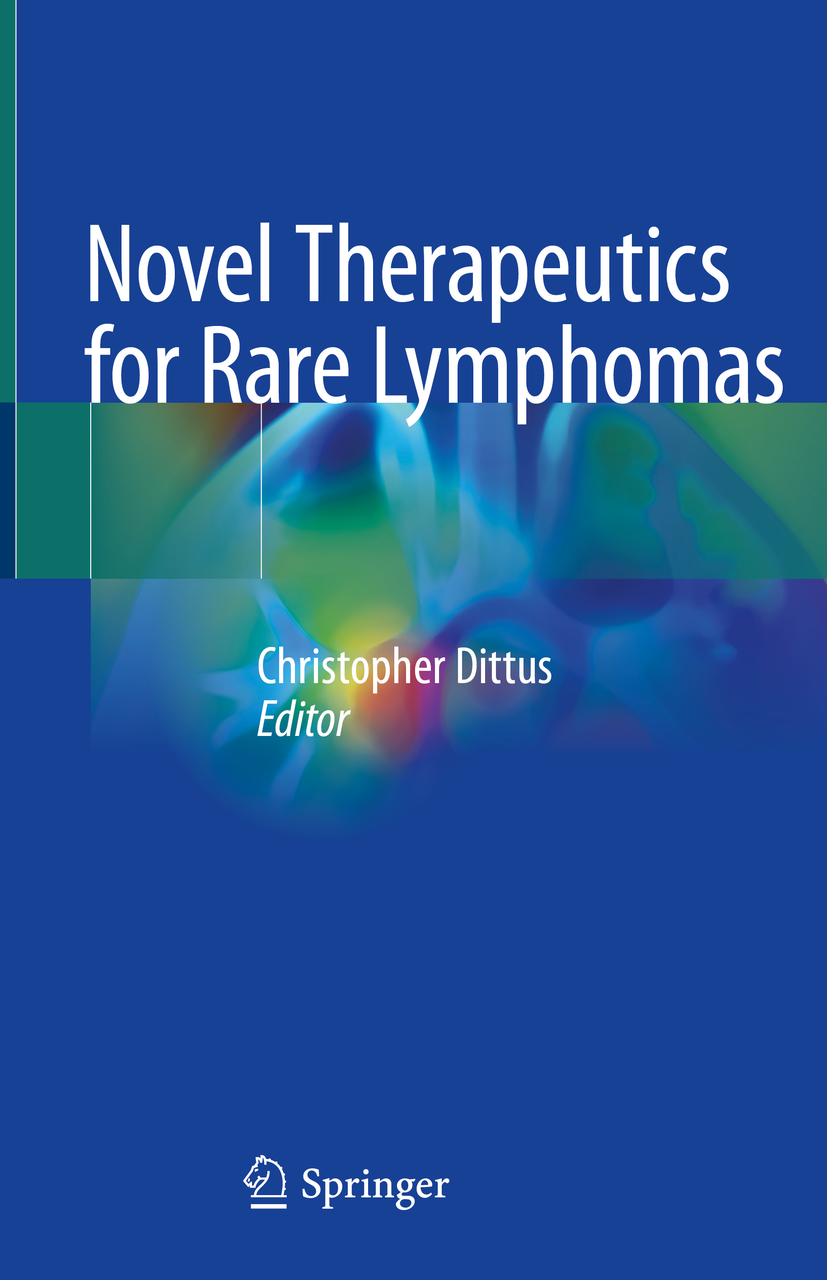

This Springer imprint is published by the registered company Springer Nature Switzerland AG
The registered company address is: Gewerbestrasse 11, 6330 Cham, Switzerland
Common diseases have many advantages: a large pool of people to contribute donations, research interest, and significant clinical experience among providers. Conversely, rare diseases have few treatment options, and those they do have are based on limited scientific evidence. Arriving at a diagnosis is often difficult, and many patients are misdiagnosed initially. Only certain academic centers have capabilities to adequately treat rare diseases limiting access to care for the majority of patients with these disorders. Many people are impacted by this because rare diseases, as a whole, affect a large number of individuals. In order to level the playing field, rare diseases need disproportionate attention.
Cancer, taken together, is not rare. In fact, it is the second leading cause of death in the United States (after cardiovascular causes) [1]. This is misleading, though, because cancer is comprised of hundreds of distinct diseases. Few types of cancer exemplify this better than lymphoma, which is broadly divided into Hodgkin and non-Hodgkin lymphoma (NHL), but, in fact, consists of more than 60 unique diseases [2]. Including chronic lymphocytic leukemia (CLL), there are approximately 100,000 cases of lymphoma in the United States each year [3]. Of these, only two groups have over 20,000 cases per year: CLL (20,980 cases in 2016) and diffuse large B-cell lymphoma (DLBCL; 25,380 cases in 2016). None of the remaining subtypes have more than 15,000 cases per year, and most have fewer than 10,000.
In this context, we turn to the focus of this book: novel therapeutics for rare lymphomas. As therapeutic advances race forward for many types of cancer, rare cancers are often lagging behind. New medications are often tested on common cancers to ensure there is ample financial support for the drug. Eventually, a small clinical trial, or often retrospective review, may evaluate the new drug in a rare cancer. Often, one study will make up the entire evidence base for many years. The aim of this book is to highlight research advances in a group of diseases that are often overlooked. This book serves as a single repository of information on the most recent advances in targeted small molecule inhibitors, monoclonal antibodies, and immunotherapy, as they pertain to rare types of lymphoma.
Experts and leaders in the field of lymphoma have been selected for each chapter, and the book will serve as a guide for community oncologists as well as academic oncologists. Each chapter begins with background information on the specific type of lymphoma and then describes standard treatment approaches; the remainder of each chapter focuses on novel treatment approaches.
The reader will find a book that is highly readable, clinically relevant, and easily accessible. The first chapter in the book focuses on hematopathology, which is where all of oncology begins obtaining an accurate diagnosis. This is particularly important for lymphoma, which needs a subtype diagnosis. This can be difficult, even for common types. For rare lymphomas, hematopathology is particularly crucial, as an inexperienced hematopathologist may mistake the diagnosis for a more common lymphoma subtype.
Moving through the book chapters, we focus on both indolent and aggressive B-cell lymphomas, including lymphoplasmacytic lymphoma, plasmablastic lymphoma, mantle cell lymphoma, and primary CNS lymphoma. Certain chapters focus on rare variants of more common types of lymphoma, such as primary mediastinal B-cell lymphoma and TP53-altered chronic lymphocytic leukemia. Additionally, we devote a chapter to an important new treatment approach as it pertains to Hodgkin lymphoma: chimeric antigen receptor (CAR) T-cell therapy.
The latter portion of the book focuses on very rare variants of T-cell lymphomas, including the viral-associated subtypes, adult T-cell leukemia/lymphoma, and extranodal NK/T-cell lymphoma. Other chapters include anaplastic large cell lymphoma, enteropathy-associated T-cell lymphoma, and hepatosplenic T-cell lymphoma. The book concludes with a thorough review of cutaneous T-cell lymphoma.
I hope this book will serve as a reference for practicing oncologists, as well as other interested physicians, residents, and students. It was a great experience bringing together experts and leaders in the field from around the country, and it is my hope that readers will appreciate the depth of knowledge these specialists bring to this volume.
Heron M. Deaths: leading causes for 2016. In: National vital statistics reports, vol 67, no 6. Hyattsville: National Center for Health Statistics; 2018.
Swerdlow SH, Campo E, Harris NL, Jaffe ES, Pileri SA, Stein H, Thiele J, editors. WHO classification of tumours of haematopoietic and lymphoid tissues. Revised 4th ed. Lyon: IARC; 2017.
Teras LR, DeSantis CE, Cerhan JR, Morton LM, Jemal A, Flowers CR. 2016 US lymphoid malignancy statistics by World Health Organization subtypes. CA Cancer J Clin. 2016;66(6);44359.
Font size:
Interval:
Bookmark:
Similar books «Novel Therapeutics for Rare Lymphomas»
Look at similar books to Novel Therapeutics for Rare Lymphomas. We have selected literature similar in name and meaning in the hope of providing readers with more options to find new, interesting, not yet read works.
Discussion, reviews of the book Novel Therapeutics for Rare Lymphomas and just readers' own opinions. Leave your comments, write what you think about the work, its meaning or the main characters. Specify what exactly you liked and what you didn't like, and why you think so.

